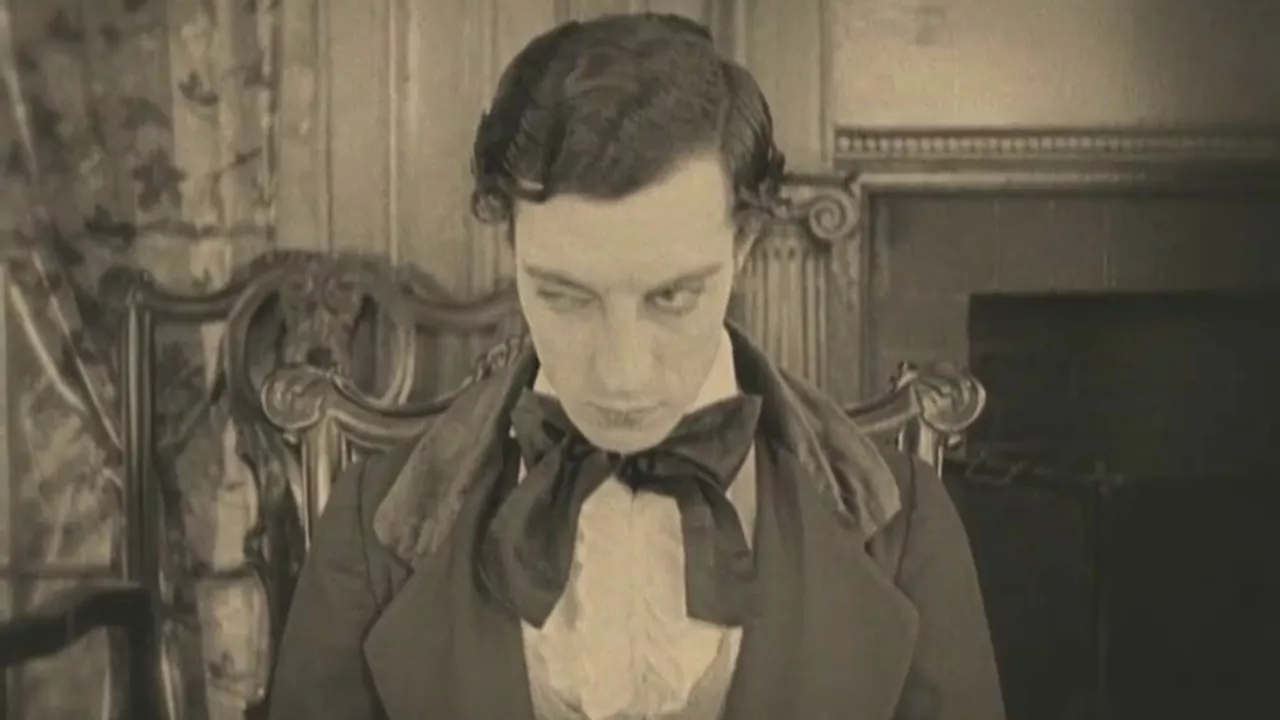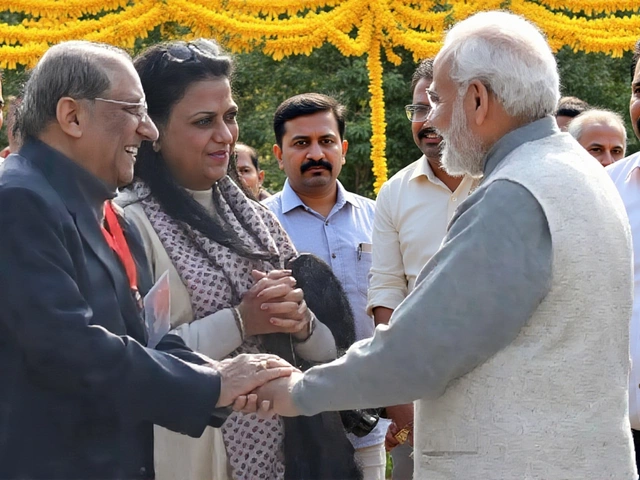Silent Film Era: Why It Still Matters
If you’ve ever watched a movie with no dialogue, you’ve stepped into the world of silent cinema. It’s the time when filmmakers learned the basics of storytelling without sound, using lights, shadows, and gestures to pull us in. This era isn’t just a footnote; it set the rules for every film we watch now.
How Silent Movies Were Made
Back in the early 1900s, cameras were hand‑cranked, and film reels were short—usually under ten minutes. Directors like D.W. Griffith and Georges Méliès figured out how to cut scenes, add title cards, and play live music to keep the audience hooked. The lack of spoken words forced actors to exaggerate facial expressions and body language, making every movement count.
Editing became a magic trick during this period. By splicing footage together, filmmakers could jump across time and space. Méliès’ "A Trip to the Moon" (1902) is a perfect example: it uses creative cuts and painted sets to create a fantasy that still feels fun today.
Stars Who Defined the Era
Charlie Chaplin, Buster Keaton, and Harold Lloyd turned silent comedy into an art form. Chaplin’s "The Tramp" walked the line between humor and heartbreak, while Keaton’s dead‑pan stare made stunts look effortless. These icons proved that you don’t need words to make people laugh or cry.
On the drama side, actresses like Lillian Gish and actors such as Lon Chaney Sr. showed that silent films could be intensely emotional. Chaney earned the nickname "The Man of a Thousand Faces" by using makeup to transform into monsters and tragic heroes alike.
Even after sound arrived in the late 1920s, many silent-era talents adapted and continued to shape Hollywood. Their techniques—visual storytelling, expressive acting, inventive editing—still influence modern directors.
So why revisit silent movies now? They’re short, free of language barriers, and packed with pure visual ideas. Streaming services often showcase restored classics, giving new audiences a chance to see how movies began. Watching a silent film can sharpen your eye for visual cues, a skill useful whether you’re a casual viewer or an aspiring filmmaker.
Next time you pick a film, try a title from the silent era. Start with Chaplin’s "City Lights" or Keaton’s "The General"—both run under an hour and deliver punchy storytelling without a single spoken line. You’ll walk away with a fresh respect for the craft that built today’s blockbuster world.

